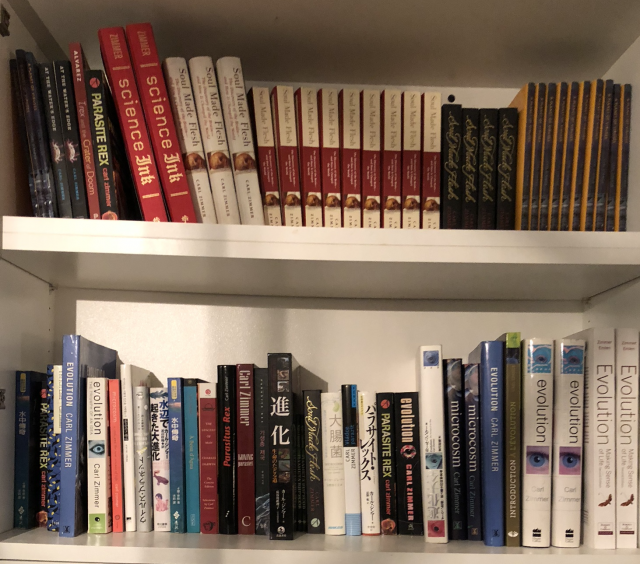At the close of 2017, I just wanted to thank all of you for reading “Friday’s Elk” through the year. One of the joys of this job is learning more about the world. Another one is sharing that joy.
To round out the year, here’s a feature I published this past week in the New York Times about the mysteries of proteins.
The genesis of the story goes back seven years ago, to a podcast I recorded with a biologist named David Baker. He explained to me just how hard it was for scientists to figure out the rules by which proteins fold into their final shapes. Protein scientists simply call this challenge “the folding problem.” Continue reading “Friday’s Elk: End of 2017 Edition!”
